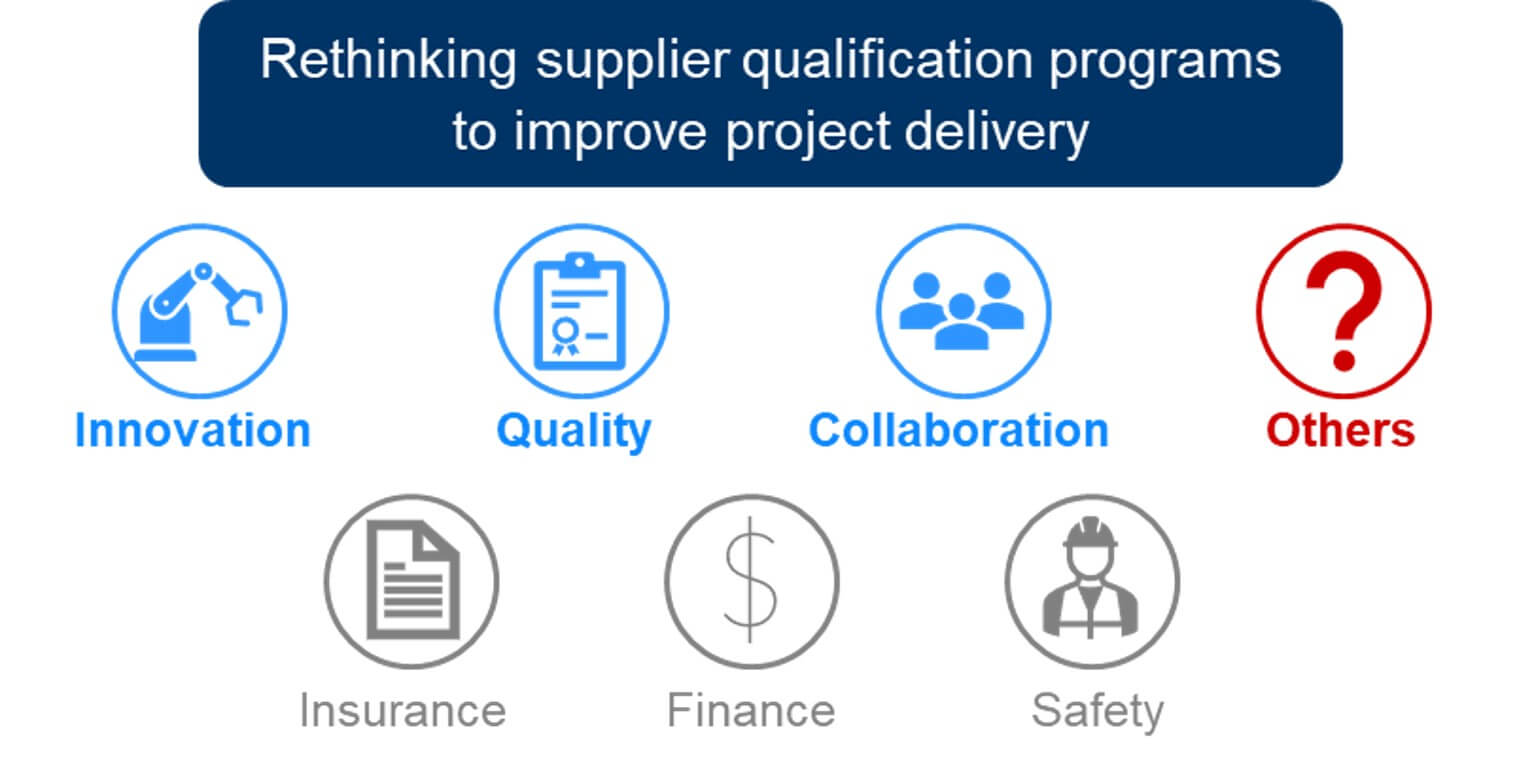Latest CII Research Publications - Now Available
Explore CII's freshest research publications of 2022.
FR-380 - Circularity in Capital Projects: Innovations and Opportunities
CII created Research Team 380 (RT-380), Value and Opportunities of a Circular Economy on Capital Projects, to explore ways to rethink old habits that make the construction industry one of the world’s largest resource consumers and waste generators.
Final Report 380 shares how and why to implement circular economy principles in the capital projects industry. This report offers CII member success stories, a circularity readiness guide, and an implementation guide to help readers assess potential circular business models.
FR-381 - Jumpstarting Your Organizational Change
CII created Research Team 381, Adapting through Organizational Agility, to identify how member organizations can cultivate change and equip themselves to thrive in a climate of continuous change. This report helps companies plan for organizational changes by identifying successful organizational structures that they can use to position themselves for disruptors, and processes that they can adopt to build resilience as change becomes more frequent.
The report is accompanied by the Organizational Change Adaptability Tool (OCAT), a tracking tool that helps owner and contractor organizations prepare for organizational changes.
FR-382 - Guide to Technologies for Preventing Serious Injuries and Fatalities Related to Last-minute Work Changes
For Final Report 382, the team scanned current technologies to locate safety, project planning, and implementation approaches that are directly related to last-minute changes and/or unplanned work on projects. This report shares which solutions provide the highest value compared to implementation effort, technology robustness, and cost, among other considerations.
FR-384 - Tracking and Tracing Construction Materials: Guidelines for Upstream and Onsite Implementation
Final Report 384 shares the team’s findings on upstream tracking and tracing, a process for proactively communicating production, shipment, and delivery information and updates from vendors and suppliers to project stakeholders. The team lays out how to implement upstream tracking, including its top barriers and enablers.
The report is accompanied by a tracking tool (provided as a proof-of-concept, Excel-based tool), which helps project teams evaluate the maturity of their upstream and onsite tracking readiness from the project perspective, rather than at the organizational level.
IR-166-3 - CII Best Practices Guide: Improving Project Performance, Version 5.0
This guide to the 17 CII Best Practices describes each practice, lists its essential elements, summarizes its reported benefits, and offers a checklist to outline its use. These tools help users plan and execute the implementation of these validated approaches to improve all aspects of construction projects.
With new Version 5.0 of this popular book, CII’s Deployment Committee updated every chapter and added an Excel spreadsheet that helps readers score their self-assessments.
FR-FHC-02a - The Value of Life Cycle Triple Bottom Line Calculations to Promote High-performance Buildings
Research Team FHC-02 developed a procedure to implement Triple Bottom Line (TBL) and Life Cycle Cost (LCC) on facilities, and this study explains how to use it to assess the long-term benefits of high-performance building systems on occupant health and productivity and the environment, in addition to financial impacts. Use the calculations outlined in this report to apply the TBL LCC methodology to your own projects.
FR-DCC-07 - Developing the Project Capital Efficiency Scorecard: Strategic Business-project Alignment in Downstream and Chemicals Projects
Strategic alignment between business and project teams improves project performance and capital efficiency. CII Research Team DCC-07 (RT-DCC-07) developed a Project Capital Efficiency Scorecard to assess the level of implementation of 28 management processes that affect project capital efficiency.
The scorecard (provided as a proof-of-concept, Excel-based tool) gives an overall capital efficiency score for a project. It also offers individual scores for the management processes to help business and project teams identify strengths and gaps.


.jpg?width=1534&height=766&ext=.jpg)

